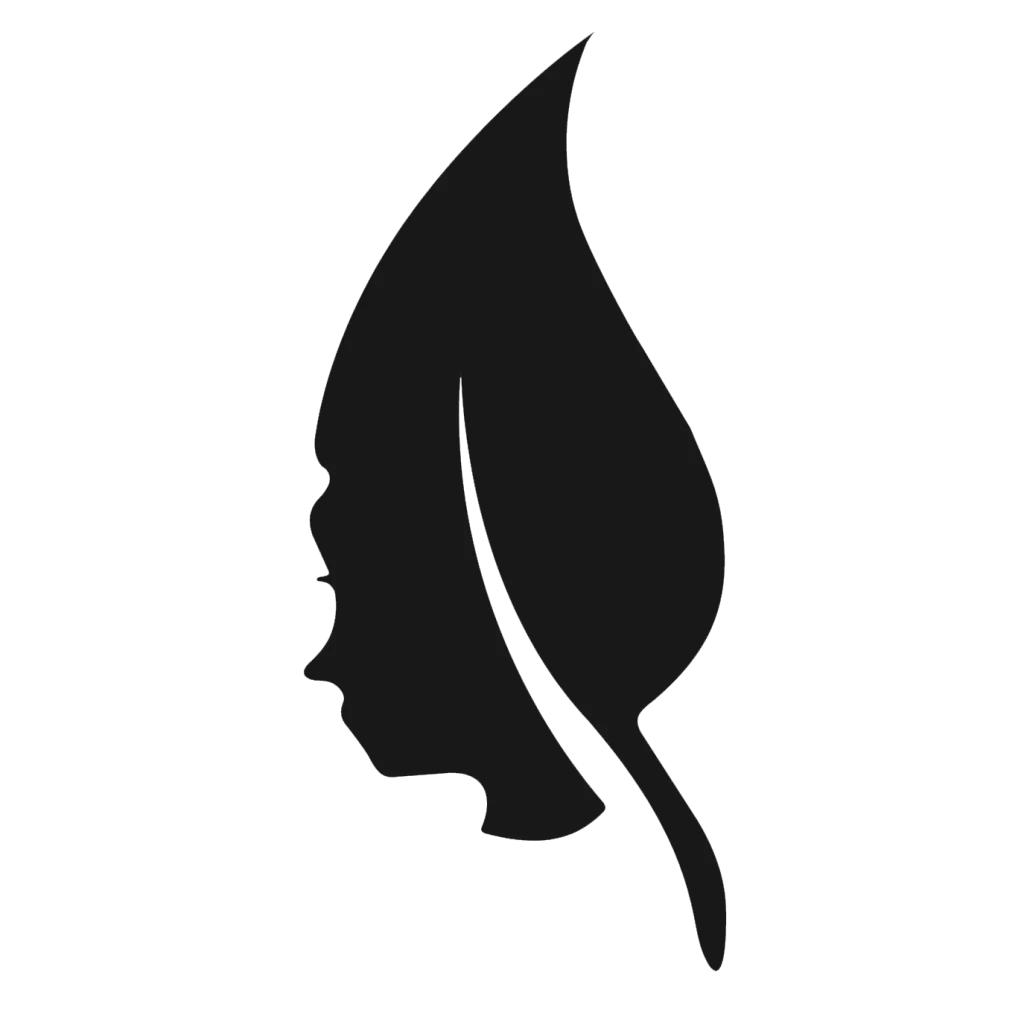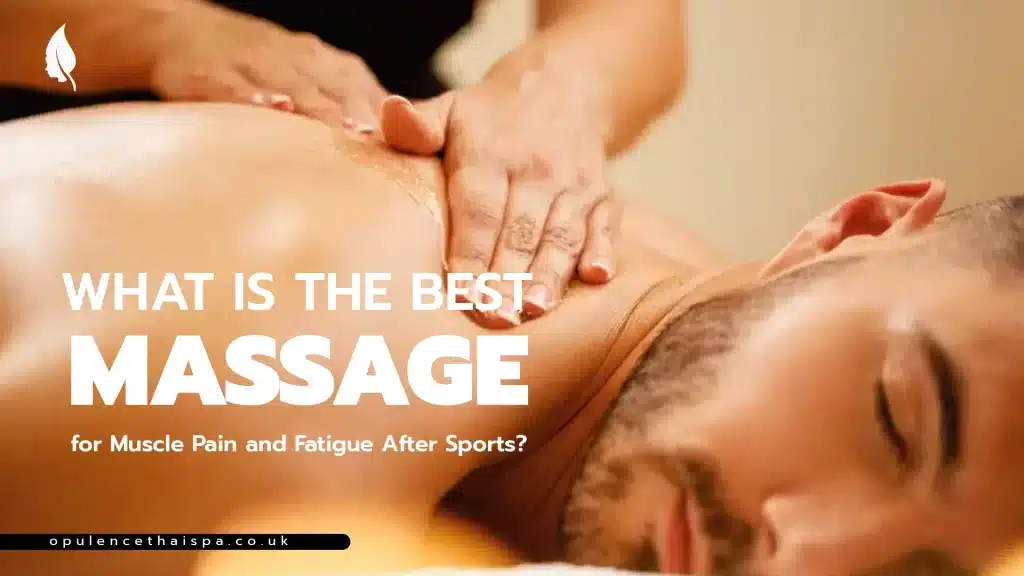Table of Contents
Whether you’re a professional athlete or a weekend warrior, sports can take a toll on your body. Muscle soreness, fatigue, and even minor injuries are common, especially after high-intensity activities. One of the most effective and natural ways to recover is massage therapy. But with so many different massage styles available, which one is the most effective for relieving muscle pain caused by sports? In this article, we explore the best massage techniques to help your body recover faster and feel stronger.
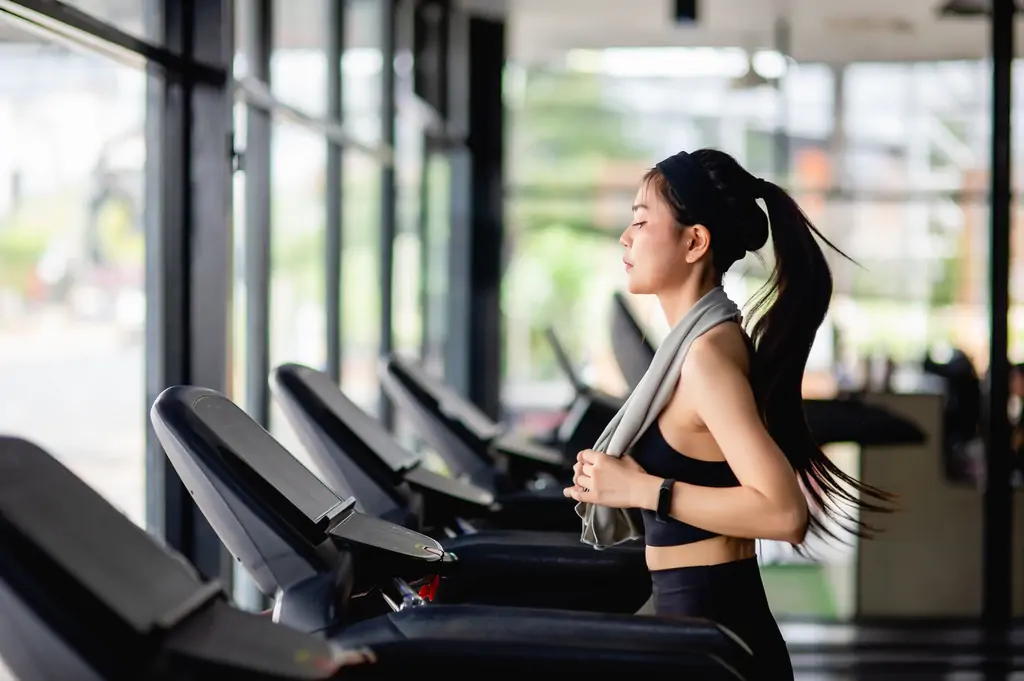
Understanding Sports-Related Muscle Pain
Before selecting the right type of massage, it’s important to understand what causes the pain and fatigue after physical activity:
- Delayed Onset Muscle Soreness (DOMS): This is the muscle ache you feel 24–72 hours after intense exercise due to microscopic tears in muscle fibers.
- Muscle Fatigue: A result of energy depletion and lactic acid buildup.
- Tension and Tightness: Repetitive motion or overuse of certain muscles can lead to stiffness and reduced range of motion.
- Minor Injuries: Strains and sprains from improper form or overexertion.
Massage can help address all of these symptoms by improving circulation, reducing inflammation, and relaxing tight muscles.
Best Types of Massage for Post-Sports Recovery
Here are the most recommended massage types for relieving pain and promoting faster healing after sports activities:

1. Sports Massage
Best for: Athletes, runners, gym-goers
Focus: Injury prevention, performance enhancement, and recovery
Sports massage is specifically designed for people involved in physical activity. It targets muscles used in specific sports and helps reduce muscle tension, improve flexibility, and enhance blood flow. A sports massage can be performed before or after a workout, depending on the goal.
Key Benefits:
- Increases blood circulation
- Reduces muscle soreness and stiffness
- Speeds up recovery time
- Improves flexibility and range of motion
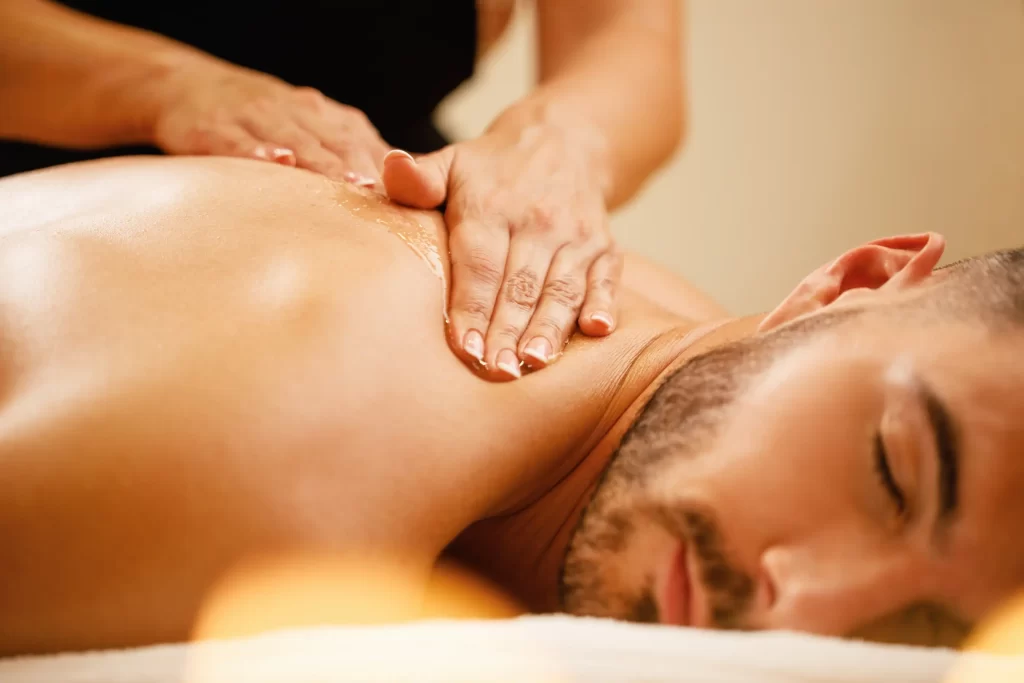
2. Deep Tissue Massage
Best for: Severe muscle tension, chronic pain
Focus: Breaking down adhesions and knots in deeper muscle layers
Deep tissue massage uses slow, firm pressure to reach deeper layers of muscle and fascia. It’s especially beneficial for treating muscle strains and chronic aches after intense physical exertion.
Key Benefits:
- Releases muscle knots and trigger points
- Treats deep-seated tension from repetitive motion
- Aids in injury rehabilitation
- Improves posture and muscle balance

3. Thai Massage
Best for: Full-body stretching, energy balance
Focus: Assisted yoga-like stretching and rhythmic compression
Originating from Thailand, Thai massage combines acupressure, Indian Ayurvedic principles, and assisted yoga postures. It improves flexibility and energy flow, which is ideal for athletes who need more mobility and muscle balance.
Key Benefits:
- Enhances body flexibility and mobility
- Stimulates energy lines (Sen lines)
- Relieves tension in hard-to-stretch muscles
- Boosts athletic performance
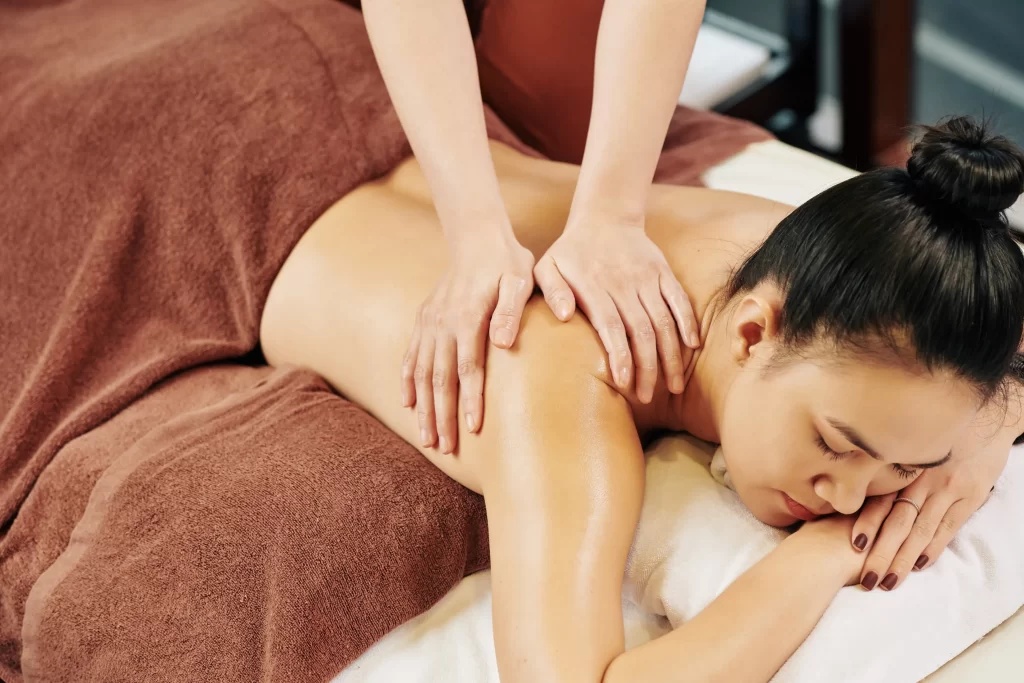
4. Swedish Massage
Best for: General relaxation and circulation
Focus: Light to moderate pressure for stress relief and muscle relaxation
Though not as intense as deep tissue massage, Swedish massage is effective for those experiencing general soreness from physical activity. It promotes relaxation and helps reduce cortisol levels after strenuous workouts.
Key Benefits:
- Improves lymphatic drainage
- Relaxes the nervous system
- Reduces mental and physical stress
- Enhances overall well-being
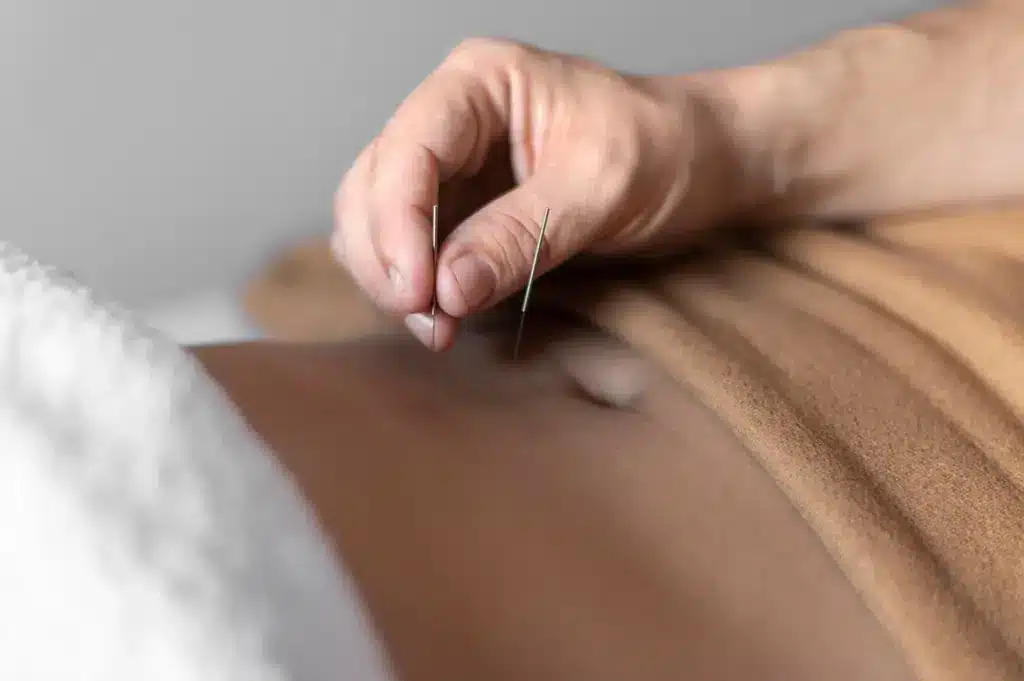
5. Trigger Point Therapy
Best for: Localized muscle knots and referred pain
Focus: Releasing tight muscle fibers that cause pain in other parts of the body
Trigger points are small areas of tightly contracted muscle fibers. Trigger point therapy identifies and applies pressure to these points to relieve pain and improve mobility.
Key Benefits:
- Targets specific problem areas
- Alleviates headaches and referred pain
- Improves blood flow to tight muscles
- Supports injury recovery
Comparison Table: Which Massage Is Best for Your Sports Recovery?
| Massage Type | Pressure Level | Best For | Key Benefit |
|---|---|---|---|
| Sports Massage | Medium to firm | Athletes, runners, gym users | Performance & recovery |
| Deep Tissue Massage | Firm to deep | Chronic muscle tension, pain | Breaks down muscle adhesions |
| Thai Massage | Moderate | Flexibility, full-body energy balance | Improves mobility & stretches body |
| Swedish Massage | Light to medium | General fatigue, stress relief | Enhances relaxation & circulation |
| Trigger Point Therapy | Variable | Specific pain points, muscle knots | Relieves referred muscle pain |
What to Expect After a Recovery Massage
After a massage, your body begins the healing process. Here are some common experiences and tips to maximize the benefits:
Common Reactions:
- Mild soreness for 24–48 hours (especially after deep tissue)
- Increased urination (due to toxin release)
- Improved sleep quality
- Reduced pain and stiffness
Post-Massage Tips:
- Hydrate well: Massage releases toxins; drinking water helps flush them out.
- Rest your body: Give your muscles time to absorb the treatment.
- Stretch gently: Light stretching helps maintain flexibility.
- Avoid intense workouts: Wait at least 24 hours before returning to vigorous activity.
When to Get a Massage After Sports?
- Immediate post-event: To reduce inflammation and support muscle recovery
- 1–2 days after activity: For DOMS and deep muscle treatment
- Regular sessions (weekly/biweekly): For athletes in training or during competition seasons
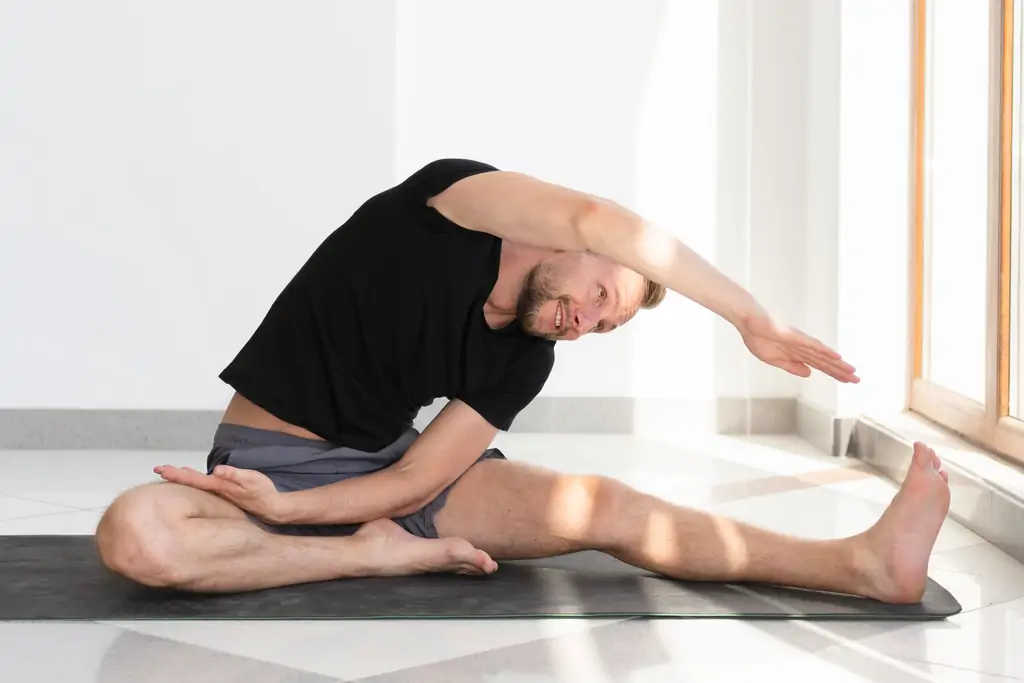
Final Thoughts
Massage therapy is more than just a relaxing experience—it’s a powerful tool for recovery and pain relief. The best massage for your body depends on your specific condition and physical activity. For those dealing with post-sport muscle fatigue or pain, sports massage and deep tissue massage are often the most effective. However, Thai massage, trigger point therapy, and Swedish massage also offer unique benefits that complement a full recovery plan.
Whether you’re a casual fitness enthusiast or a professional athlete, incorporating massage into your routine can help you stay active, injury-free, and performing at your best.
Founder and driving force behind Web Evolve Co., Ltd., a full-service website development and digital solutions company trusted by leading businesses across Thailand. With over 5 years of experience in the digital industry, he specializes in designing and developing websites that excel in both UX/UI and SEO — empowering businesses to grow sustainably in the digital world.
